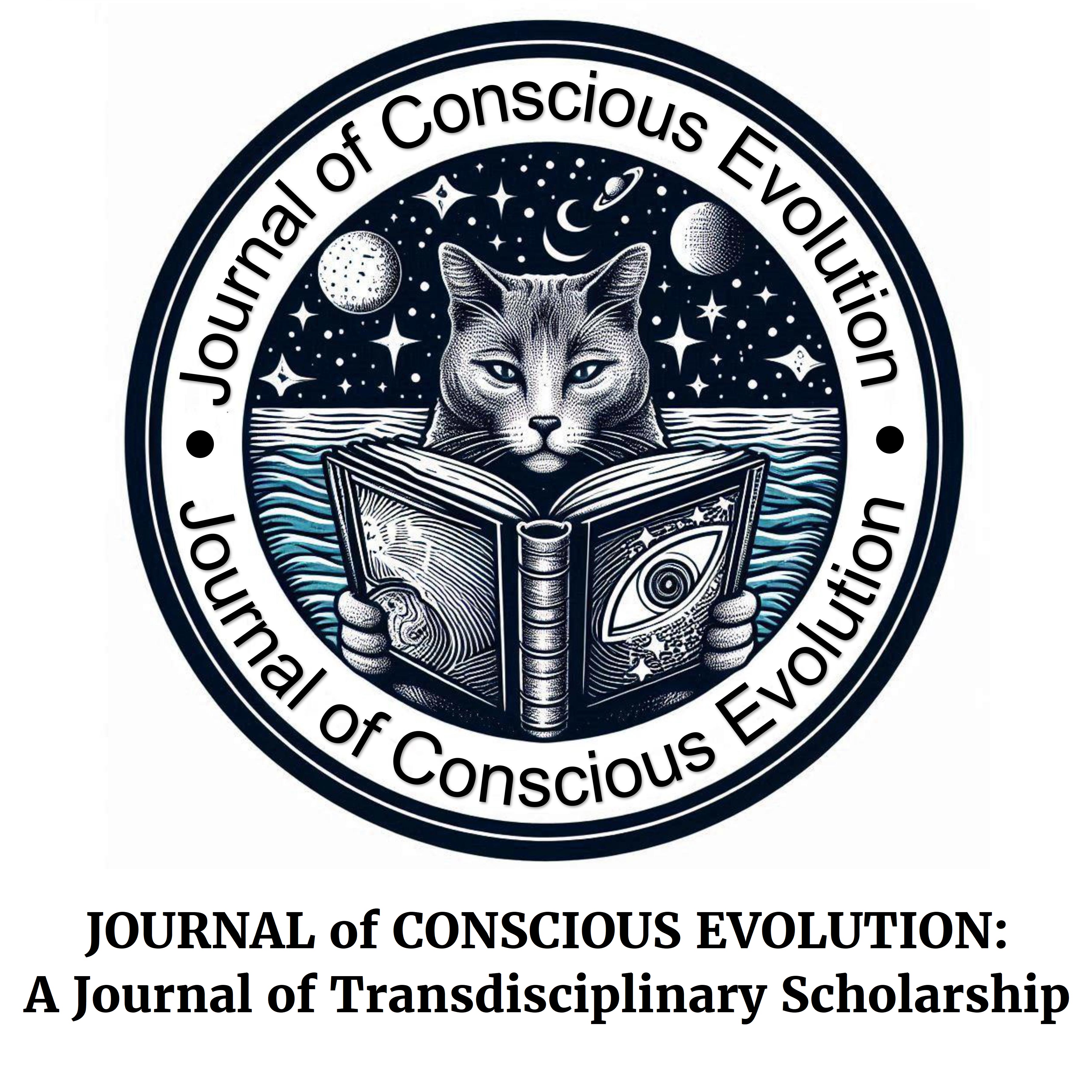
Abstract
This article presents a perspective on psychology that relates directly to Abraham Maslow’s focus upon studying the highest levels of human functioning, but is geared specifically toward a psychological study of what I refer to as the “successful creative artist” and the relationship between art and mental disturbance. The focus is upon what I consider to be “natural” as opposed to “normal,” i.e. individual self-motivated creative expressions vs. widespread socially approved norms and expectations. Along the lines of Thomas Szasz and R.D. Laing, what is referred to as “mental illness” is viewed from a non-judgmental perspective, but with the distinctive feature of suggesting that some people who are considered to be mentally ill may have significant creative artistic potential that can be highly therapeutic for them to engage in. To clarify and justify the main thesis, personal examples and references to current research are utilized, as well as brief descriptions of the work of Otto Rank, Ken Wilber, Howard Gardner, Jean Houston, Julia Cameron, R.D. Laing, Ayn Rand, Thomas Szasz, Ernest Schachtel, Lawrence Kubie, Marion Milner, and the phenomenon of Indigo Children.
Recommended Citation
Benjamin, Elliot. (2018). Art and Mental Disturbance. Journal of Conscious Evolution, 3(3). https://digitalcommons.ciis.edu/cejournal/vol3/iss3/7
Included in
Clinical Psychology Commons, Cognition and Perception Commons, Cognitive Psychology Commons, Critical and Cultural Studies Commons, Family, Life Course, and Society Commons, Gender, Race, Sexuality, and Ethnicity in Communication Commons, Liberal Studies Commons, Social and Cultural Anthropology Commons, Social and Philosophical Foundations of Education Commons, Social Psychology Commons, Sociology of Culture Commons, Sociology of Religion Commons, Transpersonal Psychology Commons


